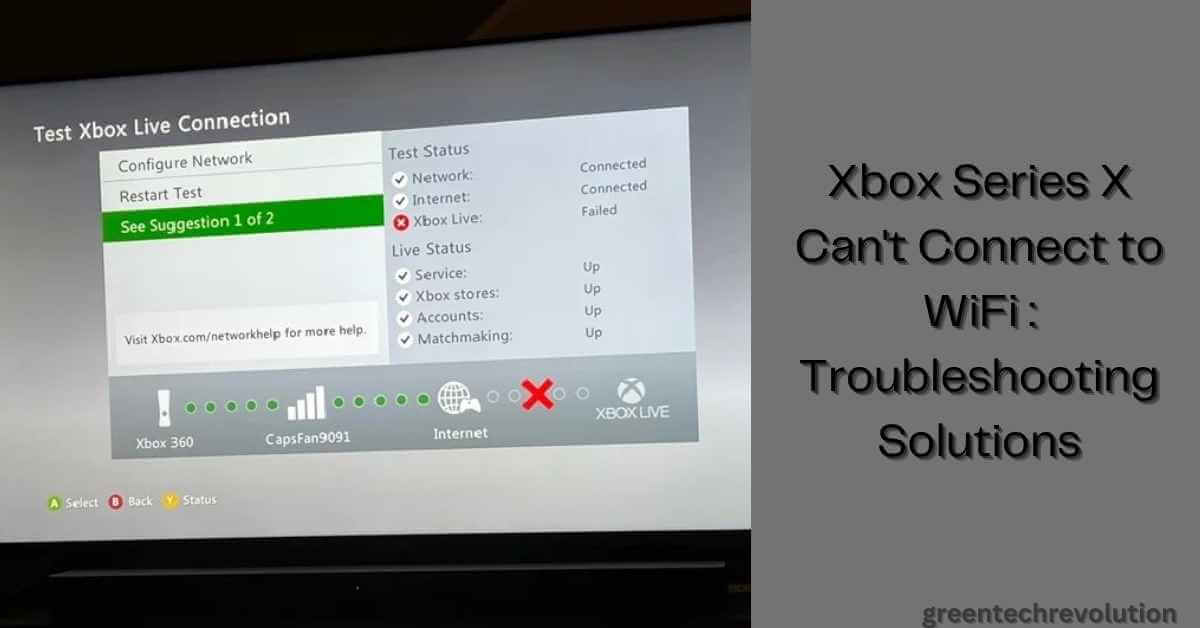What is Rom in Router? Actually, there are a lot of different terms and acronyms that get thrown around. One of these is ROM, which stands for Read-Only Memory (ROM). In the context of routers, ROM refers to the firmware that is stored in the router’s memory.
This firmware is what allows the router to function and provides the instructions for how it should operate.
The term ROM in router refers to Read Only Memory. This is the type of memory that stores the firmware for the router. The firmware is what controls the router and allows it to connect to the internet and perform all of its functions. Without the firmware, the router would be unable to do anything.
Is Nvram a Rom?
No, NVRAM is not a ROM. NVRAM stands for non-volatile random access memory, and is used to store data that needs to be retained even when the power is turned off. Unlike RAM, which is volatile and will lose any data stored in it when the power is turned off, NVRAM can retain its data even without power.
What is Nvram of Router?
NVRAM, or non-volatile random access memory, is a type of computer memory that retains data even when the power is turned off. NVRAM is used in routers to store the router’s configuration information, which includes information such as the router’s IP address, subnet mask, and default gateway. NVRAM is also used to store the running configuration of the router, which is the set of commands that are currently active on the router.
When you make changes to the router’s configuration, those changes are stored in NVRAM and become part of the running configuration. If you reboot the router, the running configuration will be reloaded from NVRAM and applied to the router. One advantage of using NVRAM in a router is that it allows you to make changes to therouter’s configuration without having to rebootthe device.
For example, if you need to changethe IP address of your router, you can simplyeditthe value in NVRAM and those changeswill take effectimmediately. This can beusefulin situations whererebootingthe devicewould cause an interruptionin service. Another advantageof using NVRAMis that it retainstheconfigurationinformationevenwhenpoweris lostto therandom accessmemory(RAM).
This meansthat if thereis a poweroutage or other issuethat causes RAMto lose its contents,theconfiguration settingsstored innon-volatilememorywill still be availablewhenpoweris restoredandtherouterbootsup again. This can betime-savingand convenientfor users who wouldotherwisehave torepeat theirconfigurationsettings after everypowerloss event.
Do Routers Have Flash Memory?
Routers typically have some form of flash memory in order to store the router’s configuration and firmware. This is because routers need to be able to retain their settings and instructions even when they are turned off or reset. The amount of flash memory that a router has can vary depending on the model and make, but it is usually between 2MB and 8MB.
Some higher-end models may have up to 16MB of flash memory. The type of flash memory used in routers is typically NOR flash, which is a type of non-volatile storage that does not require power to maintain its contents.
What are Different Types of Memory in Router?
There are three types of memory in a router: ROM, RAM, and NVRAM. ROM (Read-Only Memory) is used to store the router’s bootstrap program, which is responsible for loading the operating system. This type of memory cannot be modified or deleted.
RAM (Random Access Memory) is used to store the routing table and temporarily hold data packets while they are being processed. This type of memory can be written to and read from. NVRAM (Non-Volatile Random Access Memory) is used to store the startup configuration file.
This type of memory can be written to and read from, but it will retain its contents even if power is lost.
Router Memory
Router Memory A router’s memory is very important for its performance. There are three main types of memory in a router: DRAM, NVRAM, and FLASH.
DRAM (Dynamic RAM) is the type of memory that most computers use. It is fast and can be accessed quickly. However, it is also volatile, meaning that it will lose its data if power is lost.
For this reason, DRAM is not typically used to store a router’s configuration. NVRAM (Non-Volatile RAM) is another type of memory that can be found in some routers. Unlike DRAM, NVRAM does not need power to retain its data.
This makes NVRAM ideal for storing a router’s configuration because it will not be lost if power is interrupted. However, NVRAM is slower than DRAM and can only be written to a limited number of times before it wears out. FLASH (Flash Memory) is a newer type of memory that has become popular in recent years.
FLASH offers the speed of DRAM with the non-volatility of NVRAM. In other words, FLASH can retain its data without power and can be accessed quickly like DRAM.
Final Thoughts
If you have ever wondered what ROM is in a router, wonder no more! ROM stands for read-only memory, and it’s a type of computer memory that can’t be changed or erased. That might sound like a pretty useless thing, but it actually serves an important purpose.
Routers typically have two types of memory: RAM and ROM. RAM is used to store temporary data that the router needs to access quickly, while ROM stores permanent data that doesn’t need to be accessed as often. The reason why routers need both types of memory is because they need to be able to remember things even when they’re turned off.
ROM is important because it stores the router’s firmware, which is the software that tells the router how to work. Firmware updates are released periodically to add new features or fix bugs, and without ROM, these updates would be lost every time the router was turned off. So there you have it!
Now you know what ROM is and why it’s important for your router to have it.









Leave a Reply
You must be logged in to post a comment.